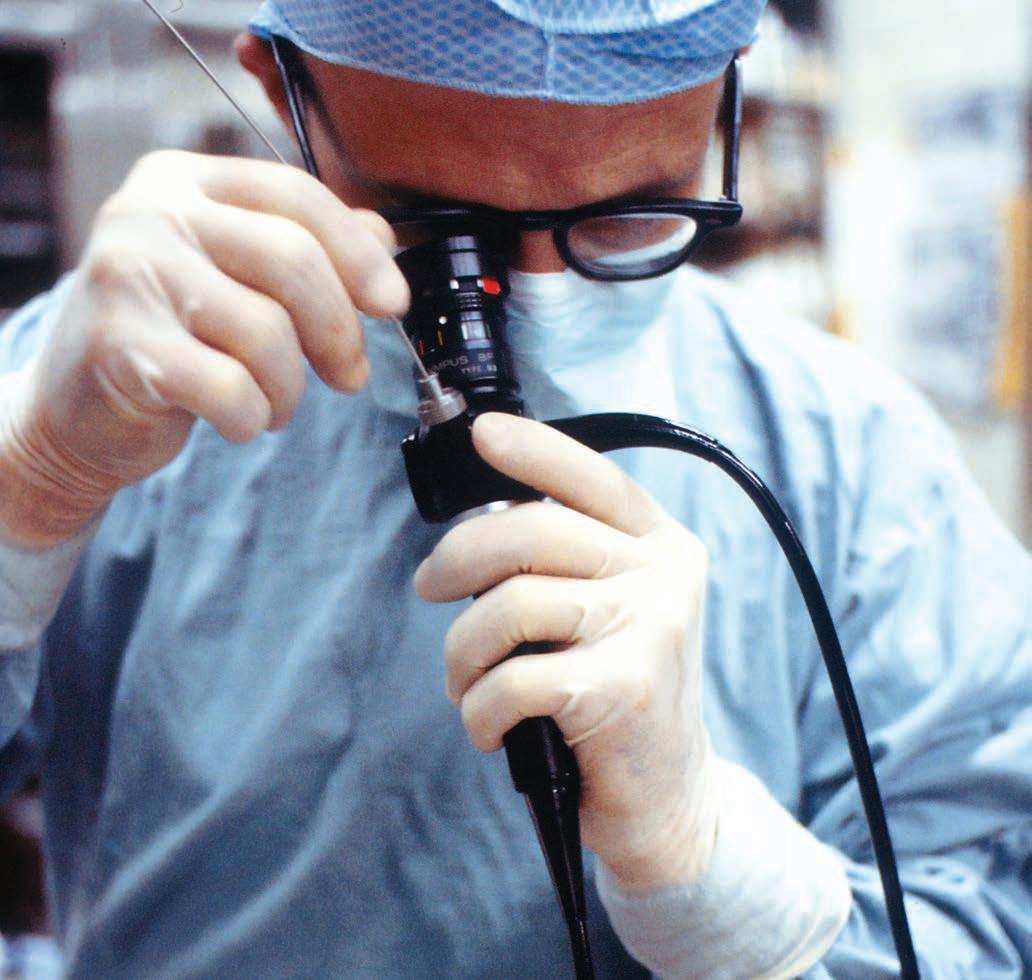
1 minute read
Another major find for those with late-stage cancer
ers at Cardi have been trying to gure that out for years, and now, they’ve had a breakthrough.
When examining the results of phase I and II clinical trials, in which 31 patients with malignant melanoma received TIL therapy, researchers found those who suc- cessfully cleared their cancer still showed strong T-cell responses over a year later. e T-cells from one of these patients were remark- ably ‘multi-pronged’, showing the potential to respond to most types of cancer, not just melanoma.
Advertisement
“Importantly, we have seen large numbers of multipronged T-cells in the blood of cancer survivors,” says Sewell. “To date, we have not found such multi-pronged Tcells in people where cancer progresses.”


To con rm what’s really going on, Sewell and his colleagues must now carefully watch these multi-pronged T-cells attack cancer in the lab.
Only then will they be able to determine whether these immune cells are responsible for the great outcomes of TIL therapy.
“We hope to investigate whether engineered multipronged T-cells can be used to treat a wide range of cancers in a similar way to how engineered CAR-T cells are now used to treat some types of leukemia,” says one of the lead authors, Cardi University immunologist Garry Dolton.
CAR-T cells are chimeric antigen receptor T-cell therapies, and they are already approved as a treatment for blood cancer by the US Food and Drug Advisory.
CAR-T therapy di ers slightly from TIL therapy because it reprograms speci c T-cells to target certain parts of a cancer cell.
Because TIL T-cells come straight from a solid tumour, they are more diverse, and scientists don’t need to ddle with their attack mechanisms nearly as much.
Perhaps this is what makes them so e ective against so many types of cancer.
“Patient numbers are small so far, but it remains possible that multi-pronged T-cells might be associated with complete remission – or cancer clearance,” said Sewell. e study was published in the journal Cell.










